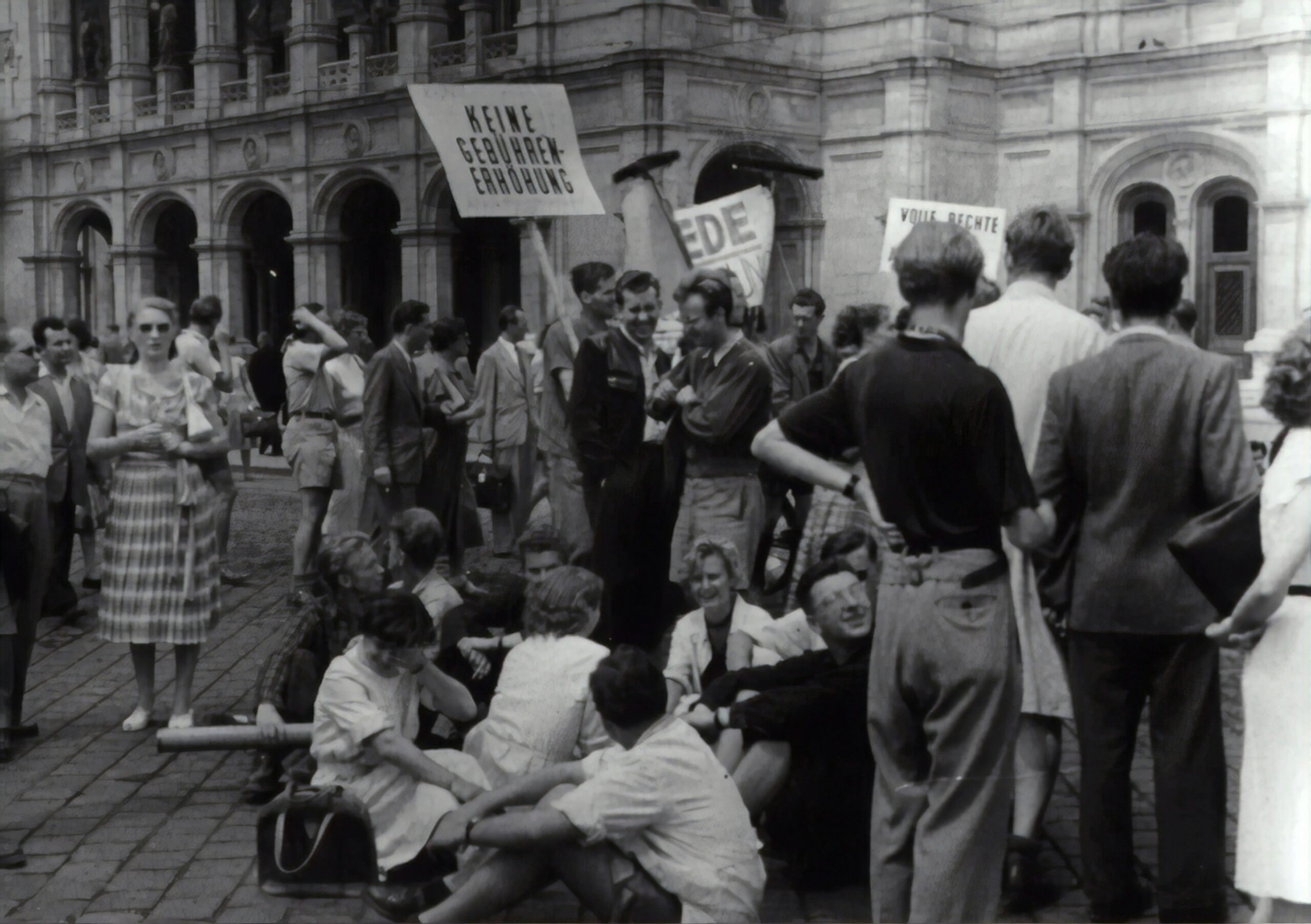“`html
Introduction to Sheikh Hasina’s Tenure
Sheikh Hasina, a prominent figure in Bangladeshi politics, is known for her long-standing leadership as Prime Minister. Her political journey began under the tutelage of her father, Sheikh Mujibur Rahman, the founding leader of Bangladesh. Rising through the political ranks, Sheikh Hasina assumed the role of the nation’s Prime Minister for the first time in 1996. However, it is her consecutive terms from 2009 onwards for which she is most renowned, earning the moniker ‘Iron Lady’ due to her authoritative governance style.
Hasina’s tenure has been marked by significant developments in economic growth, infrastructure, and digitalization. One of her hallmark policies, ‘Vision 2021’, aimed at transforming Bangladesh into a middle-income country, brought substantial progress in various sectors, including education, health, and technology. Additionally, her government is credited with major infrastructural projects like the Padma Bridge and contributions to energy expansion. Nevertheless, while these accomplishments brought economic benefits, her administration’s approach also sparked controversy.
Despite economic strides, Hasina’s tenure faced criticism for alleged authoritarian practices, encompassing suppression of dissent, media censorship, and alleged electoral malpractice. The enactment of the Digital Security Act, widely seen as a tool to quash free speech, intensified discontent. Furthermore, Hasina’s administration faced global condemnation amid accusations of human rights violations and corruption. These aspects of her governance contributed to a growing sense of disillusionment among citizens, particularly the youth.
The reasons mentioned above set the stage for extensive student unrest, as young people across the nation became vocal in their demands for political reform and accountability. This period of turmoil underscores the complexity of Sheikh Hasina’s leadership; while she is revered for economic progress and resilience, her tenure is equally marred by controversies that ultimately paved the way for widespread opposition.
The Genesis of Student Protests
The genesis of the student protests against Sheikh Hasina can be traced to a series of catalytic events and governmental decisions that increasingly alienated the youth. One of the most significant triggers was the controversial Road Safety Movement in 2018. The tragic deaths of two students in a road accident acted as the spark that ignited widespread outrage. The government’s perceived inaction and lack of accountability exacerbated the situation, leading students to mobilize en masse demanding safer roads and stricter regulations for public transport.
Another pivotal moment came with the 2018 Quota Reform Movement. Frustration grew among students regarding the government’s quota system for public jobs, which they believed was inequitable and favored certain groups over meritocracy. The government’s response, characterized by a heavy-handed crackdown on demonstrators and inadequate engagement with student demands, further fueled their discontent.
The dissatisfaction wasn’t limited to these incidents. Broader issues such as increasing unemployment rates, rising educational expenses, and the overall lack of transparency in governance amplified the unrest. Students perceived these issues as direct threats to their future prospects and quality of life, driving a deeper wedge between the youth and the ruling regime.
The role of social media cannot be understressed in the mobilization of these protests. Platforms like Facebook and Twitter became instrumental in organizing and disseminating information rapidly. Social media allowed students to bypass traditional media controlled by governmental influence, creating an unfiltered avenue for voicing their grievances and coordinating large-scale protests. Viral hashtags and posts brought international attention to their cause, compelling the government to confront a level of scrutiny it was unprepared for.
The growing dissatisfaction among the youth, compounded by specific contentious government policies and decisions, created a fertile ground for widespread student protests. Social media’s facilitation of rapid organization and dissemination only catalyzed this mass activism, setting the stage for a significant political upheaval.
Key Events and Major Protests
Student protests played a crucial role in the political dynamics that led to the eventual downfall of Sheikh Hasina, often referred to as the ‘Iron Lady’ of Bangladesh. These protests were marked by significant events and saw widespread participation from student bodies across the nation. Commencing with the initial dissent in Dhaka University, the timeline of student-led demonstrations reveals a steady crescendo of discontent.
The first major protest erupted in April 2018 when students demanded safer roads following a tragic incident involving student fatalities in a traffic accident. This incident ignited a series of demonstrations, starting in the capital city and gradually spreading to other major educational institutions across the country. Tens of thousands of students from various universities and colleges took to the streets, blocking major thoroughfares and effectively paralyzing traffic in urban centers. The scale and intensity of these protests were unprecedented, indicating widespread frustration among the youth.
Notable incidents of violence and clashes with authorities punctuated these protests. In multiple cases, the students faced tear gas, water cannons, and baton charges from law enforcement agencies. Dhaka witnessed some of the most intense confrontations, with numerous reports of injuries and arrests. The government’s attempts to quell the protests often resulted in exacerbating tensions, leading to further escalation.
Another pivotal moment came in August 2018, when student protests morphed into broader political dissent. The demands extended beyond road safety to include calls for greater democratic reforms, challenging the very foundation of Sheikh Hasina’s administration. This phase of protests saw significant participation levels, with growing support from civil society organizations and other political entities. The level of organization and coordination among student unions indicated a well-informed and resolute opposition, steadfast in its demand for change.
The scale of these protests was daunting for the administration. Each demonstration not only drew large crowds but also managed to sustain the momentum over extended periods. The persistence of these protests, combined with their decentralized nature, made it increasingly difficult for the government to manage the situation effectively. Ultimately, it was this relentless pressure from the student movements that led to the political upheaval marking the end of Sheikh Hasina’s tenure.
Demands and Grievances of the Students
The student protests against Sheikh Hasina, the ‘Iron Lady’ of Bangladesh, were driven by numerous demands and grievances that reflected widespread discontent. One of the foremost issues was the call for comprehensive education reform. Students demanded better infrastructure, updated curricula, and a reduction in the cost of education to ensure that quality learning became accessible to all, irrespective of socioeconomic status. They voiced their concerns through organized rallies, sit-ins, and the dissemination of their messages across various social media platforms.
Another significant grievance pertained to employment opportunities. University graduates were grappling with an alarming rate of joblessness, leading to frustration and despair. The protesters demanded the creation of more job opportunities and fair recruitment practices. They sought assurance from the government for merit-based employment and transparent hiring processes to combat the prevalent culture of nepotism and favoritism.
Human rights abuses also featured prominently in the list of student grievances. The protesters condemned the frequent violations of human rights, specifically pointing to cases of enforced disappearances, extrajudicial killings, and the suppression of free speech. They called for the establishment of accountability mechanisms and the promotion of civil liberties to safeguard the fundamental rights of all citizens.
Corruption within the government and educational institutions was another critical concern. The students demanded stringent anti-corruption measures, the resignation of corrupt officials, and the implementation of policies to ensure transparency in both governance and academia. Their call for action included the formation of independent bodies to oversee and regulate activities within these sectors to restore trust and integrity.
Finally, the issue of police brutality was a significant catalyst for the protests. Numerous instances of excessive force used by law enforcement against peaceful demonstrators fueled the students’ resolve. They sought justice for those who had been injured, mistreated, or unlawfully detained during these protests. Through these demands, the students aimed to cultivate a more equitable and just society, hoping to effectuate meaningful and lasting change in Bangladesh.
Government’s Response to the Protests
The eruption of student protests posed a significant challenge to Sheikh Hasina’s leadership. In response to the mounting unrest, the government employed a multi-faceted approach aimed at curbing the dissent. Initially, the administration resorted to police crackdowns in an attempt to stifle the protests. Law enforcement agencies were deployed to disperse gatherings, which often led to clashes and the use of force, including tear gas and rubber bullets. These harsh measures, however, did not dissuade the students; rather, they fueled further discontent and drew larger crowds to the streets.
Recognizing the limitations of a purely coercive strategy, the government shifted tactics. Policy adjustments were made to address some of the protesters’ demands. For instance, educational reforms were promised, and measures to improve campus security were announced. The government also initiated negotiations with student representatives in a bid to de-escalate the situation. High-level meetings were held, and some concessions were offered, but these moves were perceived by many as too little, too late.
Public statements from government officials sought to mitigate the unrest by emphasizing the administration’s commitment to listening to the youth and implementing meaningful changes. However, these declarations often rang hollow in the ears of the protesters, who had grown skeptical of the government’s intentions. The combination of initial heavy-handedness and subsequent attempts at dialogue revealed a sense of inconsistency in the government’s approach.
Overall, the varied responses from Sheikh Hasina’s government failed to quell the protests effectively. Instead, they highlighted the administration’s struggle to balance authority and responsiveness. This instability increased the resolve of the student protesters, contributing to a widening gap between the government and the youth, ultimately leading to a significant shift in the political landscape.
Role of Media and International Attention
The role of both local and international media in the student protests against Sheikh Hasina’s regime was pivotal. As the dissent gained momentum, local media outlets played a crucial role in highlighting the students’ grievances and the government’s response. However, state-controlled media often faced censorship and intimidation, leading many to navigate online platforms and social media to disseminate information. Videos, photographs, and eyewitness accounts shared on platforms like Facebook and Twitter garnered massive attention, both domestically and globally, amplifying the voices of the protesters despite attempts to suppress them.
International media coverage further intensified the scrutiny on Sheikh Hasina’s administration. Major global news organizations reported extensively on the events unfolding in Bangladesh, shedding light on the demands for safer roads and democratic reforms. Coverage by renowned outlets such as BBC, Al Jazeera, and CNN not only brought international awareness but also put pressure on global leaders to respond.
Significant diplomatic responses and statements from international bodies played an influential role in shaping the narrative. The United Nations expressed concern over the government’s crackdown on peaceful protesters, calling for restraint and dialogue. Similarly, several human rights organizations, including Amnesty International and Human Rights Watch, condemned the violence against students and urged the government to respect civil liberties and the right to peaceful protest.
Moreover, the impact of international attention was not limited to statements. Countries with strategic interests in Bangladesh, such as the United States and members of the European Union, issued diplomatic communiqués urging the government to heed the students’ demands and ensure their safety. These interventions heightened the pressure on Sheikh Hasina’s administration to address the crisis more transparently and responsibly.
The convergence of local media efforts and significant international focus created a powerful narrative that not only invigorated the protest movement but also exposed the extent of governmental repression, ultimately contributing to the ‘Iron Lady’s’ political challenges.
Turning Points Leading to Sheikh Hasina’s Ouster
The culmination of student protests against Prime Minister Sheikh Hasina was not the abrupt result of spontaneous dissent, but rather the culmination of several critical turning points. Key events, shifts in political alliances, and government missteps significantly eroded Hasina’s standing, ultimately leading to her ouster.
One of the pivotal moments was the government’s handling of the road safety protests in 2018. Following the tragic deaths of two students in a road accident, widespread protests erupted, calling for stricter traffic regulations and enforcement. Hasina’s government responded with disproportionate force, using the police to disperse protesters and detain activists. This heavy-handed approach alienated the student population and swelled the ranks of the discontented.
Similarly, the Digital Security Act introduced in 2018 further inflamed public sentiment. The law, which was intended to combat cybercrime, was widely denounced as a tool for suppressing free speech and censoring media. The Act’s expansive powers allowed the government to detain journalists and activists without due process, creating a climate of fear and resentment.
The erosion of political alliances also played a significant role. Sheikh Hasina’s ruling Awami League faced fractures within its coalition, as smaller parties and influential figures distanced themselves. Notably, the opposition strengthened by capitalizing on the grievances of the populace. Influential figures, previously aligned with the government, began to voice their disapproval publicly, contributing to a broader consensus against Hasina’s leadership.
Economic issues further compounded the situation. Despite substantial economic growth, wealth disparity remained glaring, with benefits not reaching the lower and middle classes. Government mismanagement of funds and corruption scandals added to the public outcry against perceived governmental incompetence and nepotism.
These turning points, intertwined with student protests, signaled the end of Sheikh Hasina’s tenure. Her inability to effectively address the mounting dissatisfaction and the strategic missteps of her administration significantly weakened her position, leading to her ultimate downfall.
Aftermath and Lessons Learned
The ouster of Sheikh Hasina, often referred to as the ‘Iron Lady,’ marked a pivotal moment in Bangladesh’s political evolution. The immediate aftermath was characterized by a period of political instability. Transitional governance faced significant challenges, highlighting the deep-rooted issues within the political framework of Bangladesh. The vacuum of power led to a scramble among political factions, aiming to establish influence and control. Despite the initial turbulence, this period eventually set the stage for substantial political reforms.
One of the most notable changes implemented post-ouster was an emphasis on transparency and accountability within the government structure. New policies aimed at curbing corruption and fostering democratic principles were introduced. These reforms were partially influenced by the demands of the student protestors, who had voiced concerns about nepotism, corruption, and the erosion of democratic values under Sheikh Hasina’s rule. Consequently, measures to strengthen civil society and enhance the independence of the judiciary also gained momentum.
Furthermore, the student movements acted as a catalyst for bolstering civic activism. The youth, emboldened by their success, continued to be a formidable force in advocating for political and social changes. This era witnessed an increased engagement of the younger demographic in the political process, fostering a more participatory democratic environment. The protests and their outcomes underscored the critical role students and young activists can play in shaping the political narrative of a nation.
The ouster also had ripple effects on the broader governance framework. It prompted a reassessment of policy-making processes and fostered a more inclusive approach to governance. The emphasis on listening to diverse voices, particularly those of the youth, became more pronounced. This period underscored the importance of responsive governance that adapts to the evolving needs and aspirations of its populace.
This historical episode offers valuable lessons in the power of collective action and civic activism. It demonstrates that organized, peaceful protests can lead to significant political change. The student movements of Bangladesh serve as a testament to the potential of grassroots mobilization in challenging and transforming entrenched political structures.



